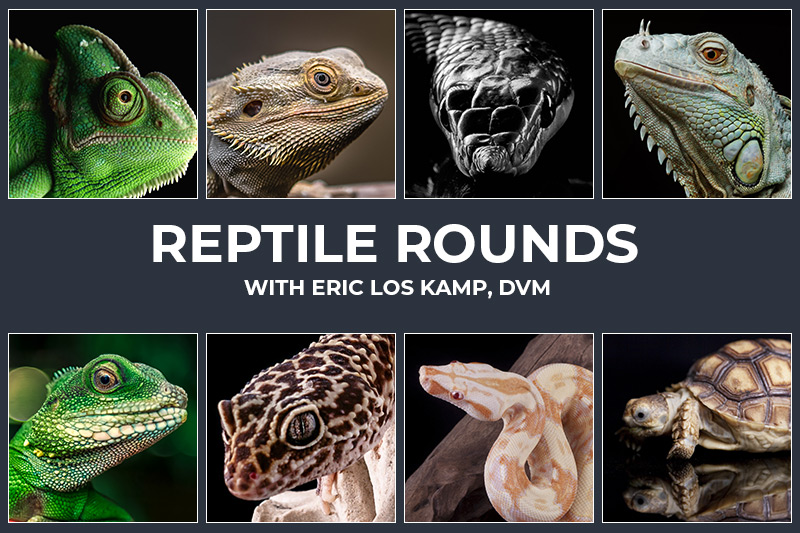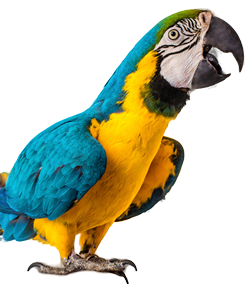Female Reproductive Issues
The bodies of many female reptiles will undergo reproductive processes despite not having an individual of the opposite sex. If these animals are not properly supported, they can run into issues such as follicular stasis or egg binding- common issues I often see in reptiles.

To understand the reproductive issues affecting female reptiles, we first need to understand how the system normally works. At the beginning, follicles develop from their ovaries in a process known as vitellogenesis. Once the eggs are ready to be laid, the follicles move through the female reproductive tract, wherein they develop their hard calcified shell and then are expelled through the cloaca. In order to undergo the entire process without issue, many conditions internally and externally must be met. The reptile must have a nutritionally balanced diet with adequate calcium supplies in the body to not only form the eggshells but also contract the smooth muscles of the reproductive tract. Additionally, the reptile needs to be in peak body condition to search out an appropriate nest site. Speaking on the nest site, this area needs to be at the correct substrate depth, humidity, and temperature in order for the female to deposit her eggs in the site. If any of the above are not met, this can lead to the reptile retaining follicles and eggs inside her body.
Follicular stasis and egg binding are the results when the aforementioned internal and external conditions are not met. Follicles and eggs can be retained if the conditions in the substrate are not adequate (or if there is no substrate available). Female reptiles are dealing with other disease processes- whether they be infections, nutritional imbalances (calcium, obesity), and metabolic issues- can also hold onto these follicles and/or eggs. The main issue if these are retained is they can serve as potent sources of infection if they decay in the body. Worse still, if the follicles/eggs rupture within the body, a systemic inflammatory disease known as egg yolk coelomitis can occur, and this can even kill reptiles.
The way to definitively correct this issue is to spay the reptile. Depending on the procedure, this is usually either an ovariectomy (removal of the ovary) or an ovariosalpingectomy (removal of the ovary and the oviduct). The extent of tissue removed depends on the underlying disease process, as follicular stasis is usually treated with an ovariectomy, and egg binding usually requires and ovariosalpingectomy. I’ve performed this procedure most commonly on Bearded Dragons but have also performed this on Chameleons and a Crested Gecko. After surgery care usually consists of an antibiotic and pain med in addition to a sterile environment at least for two weeks.
Attempts can be made to help induce egg laying naturally, but this requires an extensive understanding of a species’ preferred incubation temperatures, humidity, and at which depth the animals will excavate to in order to lay. From my experience, once follicular stasis or egg binding has occurred, it is often hard to have the animal lay on its own and thus requires the surgery anyway. Medications like oxytocin with injectable calcium can also be used to induce egg laying, but oxytocin has variable effectiveness between different species.
Ways to prevent this include ensuring you maintain animals in appropriate enclosures to promote healthy body weights/metabolisms, provide the animal with either a focal area or an entire enclosure with substrate, supplement with calcium, and provide appropriate UVB supplementation.





